Authors: Maciel Jr. and Marcelo Ferrarezi
Male patient, 32 years old.
Chief complaint: Carious lesions on upper anterior teeth.
Initial appearance: Extensive carious lesions on teeth 11 and 21.
Clinical/radiographic examination: Teeth 11 and 21 exhibited pulp vitality and showed extensive carious lesions in the cervical third (tooth 21) and cervical/middle third (tooth 11), affecting aesthetics and function.
Treatment
Performed two direct Composite Class V restorations using composite resin.
Step-by-step process
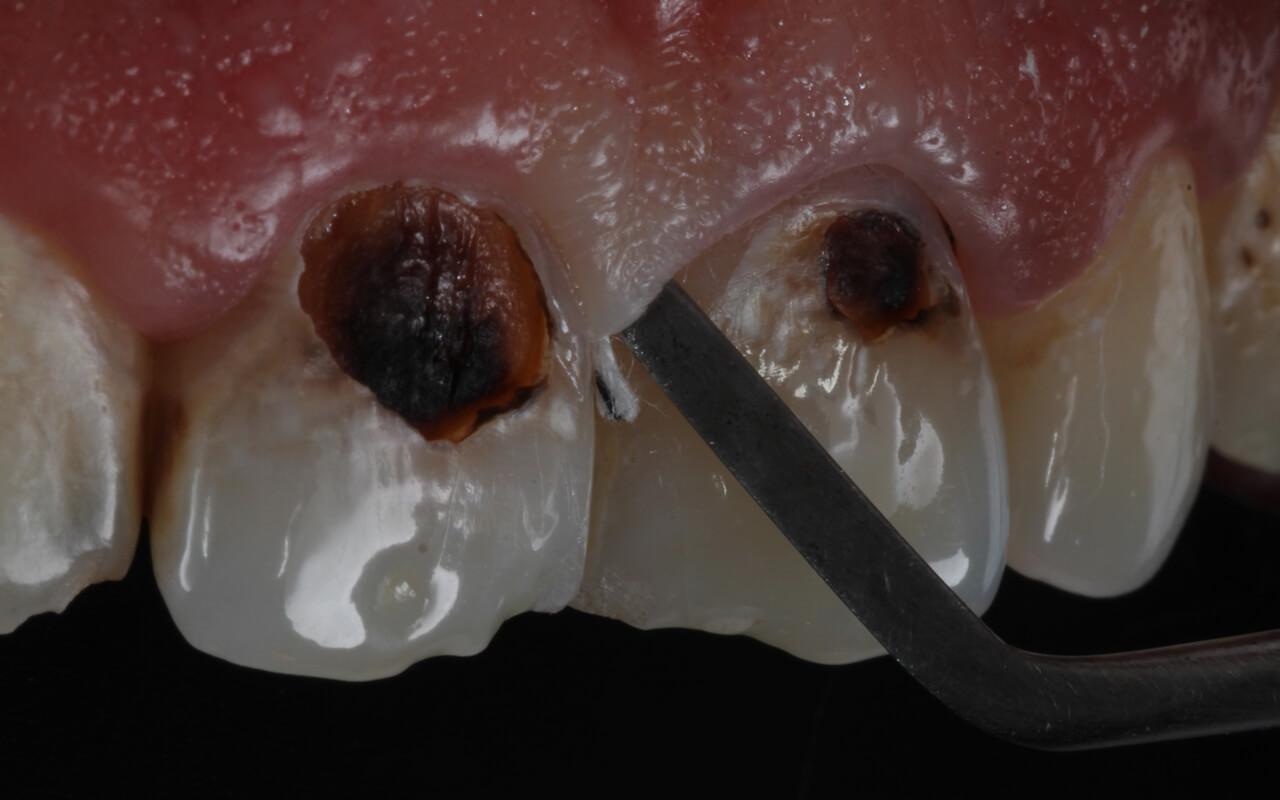
Fig. 1 – Placement of retraction cord for relative isolation.
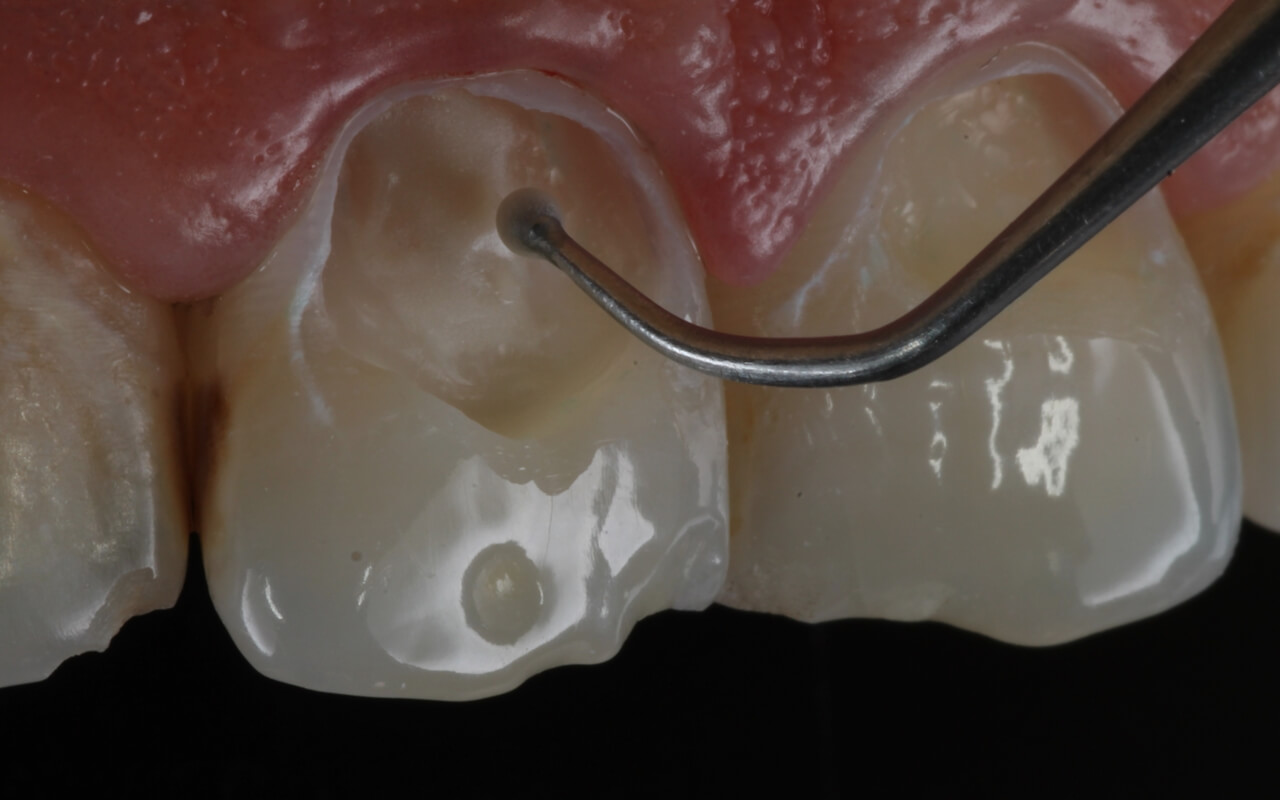
Fig. 2 – Application of glass ionomer MaxxionR (FGM) in the deep areas of the restoration.
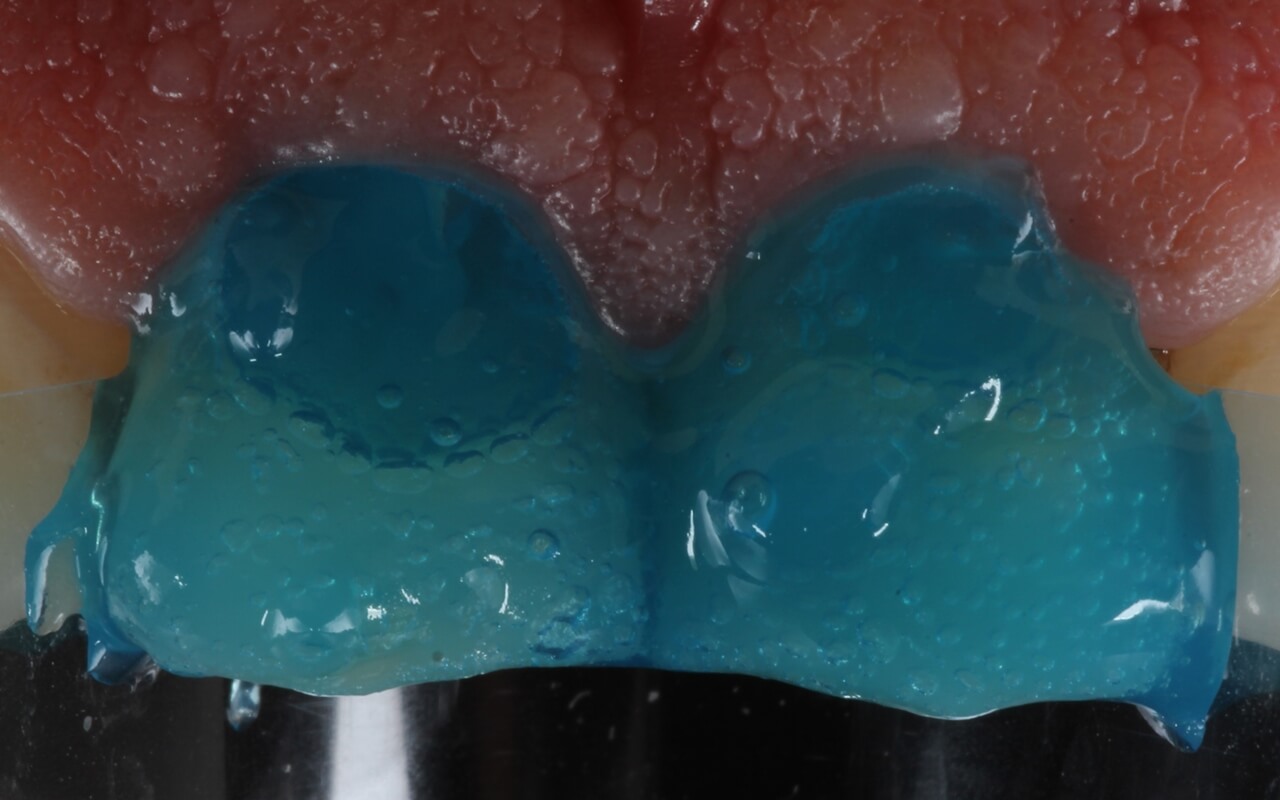
Fig. 3 – Application of phosphoric acid Condac 37 (FGM) at 37%.
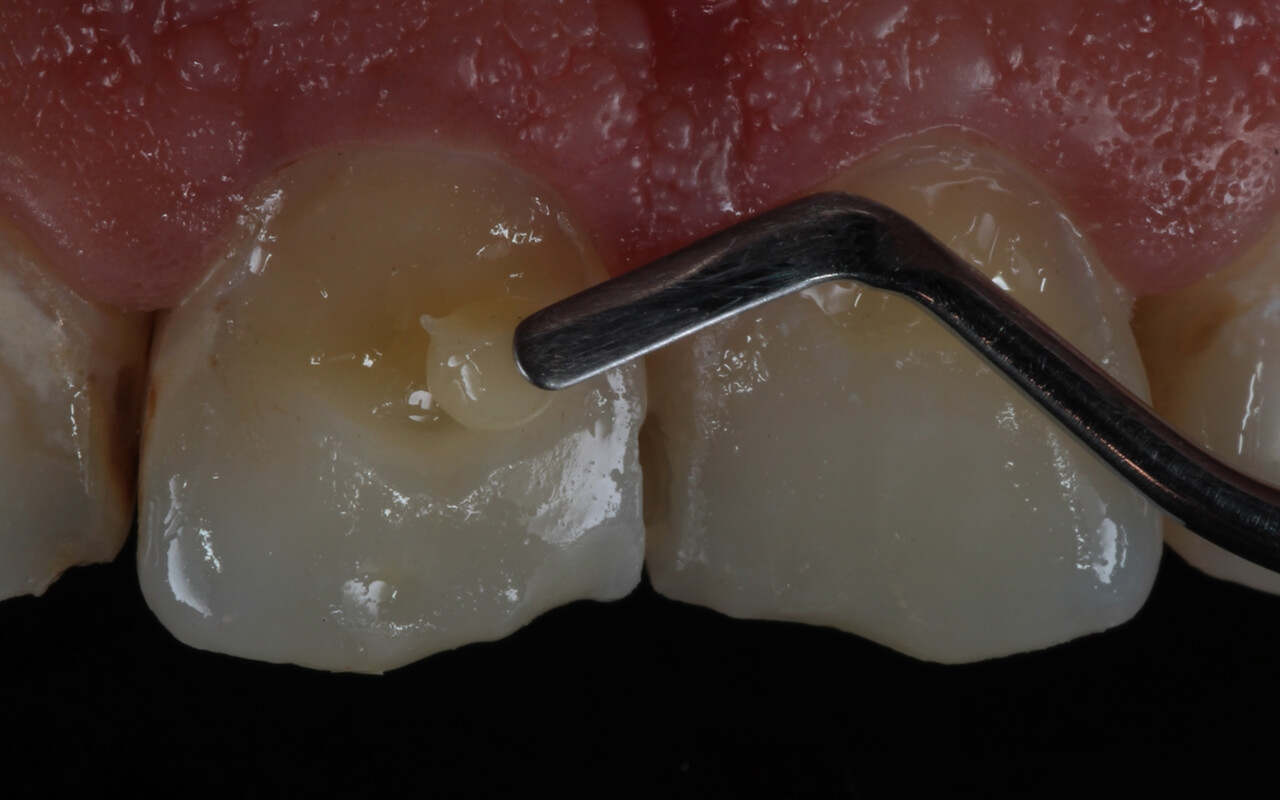
Fig. 4 – Insertion of Llis resin masses in shades DA3.5 and DA3.
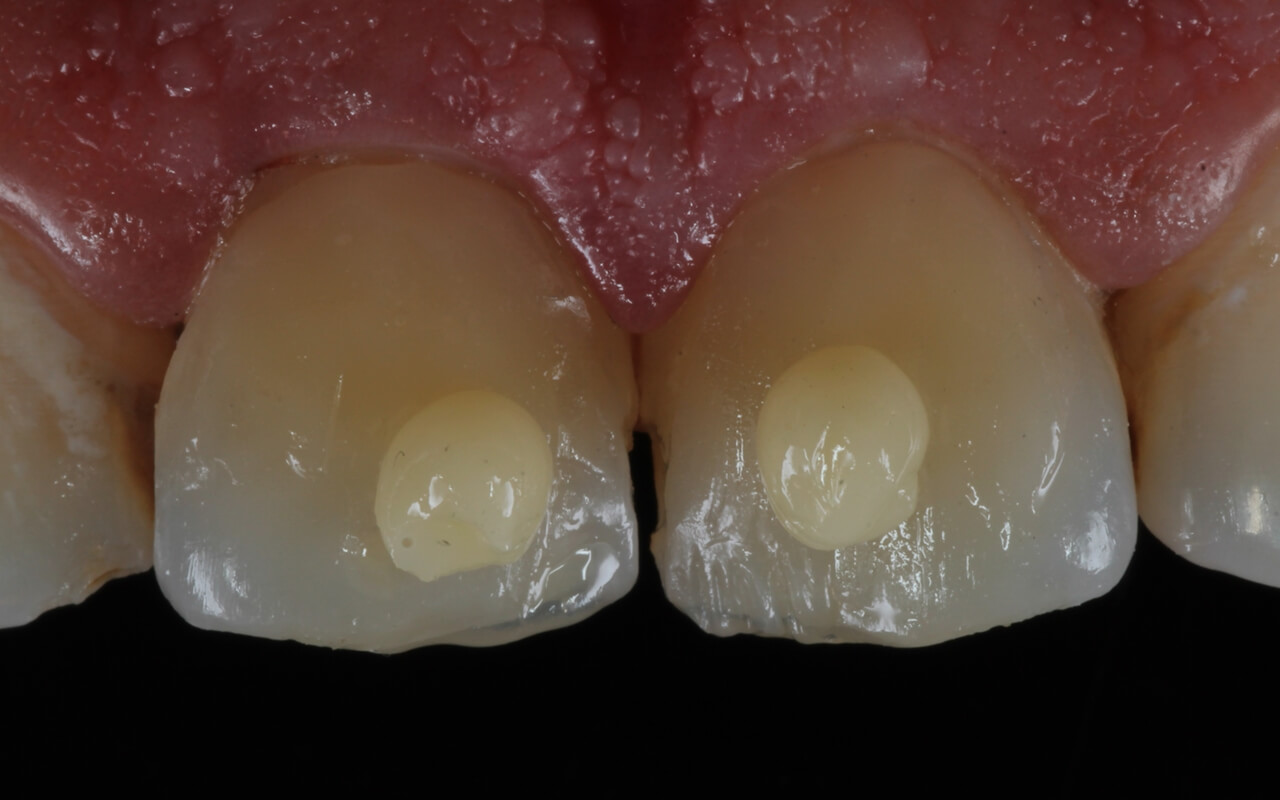
Fig. 5 – Insertion of Llis resin masses in shades EA3 and EA2.
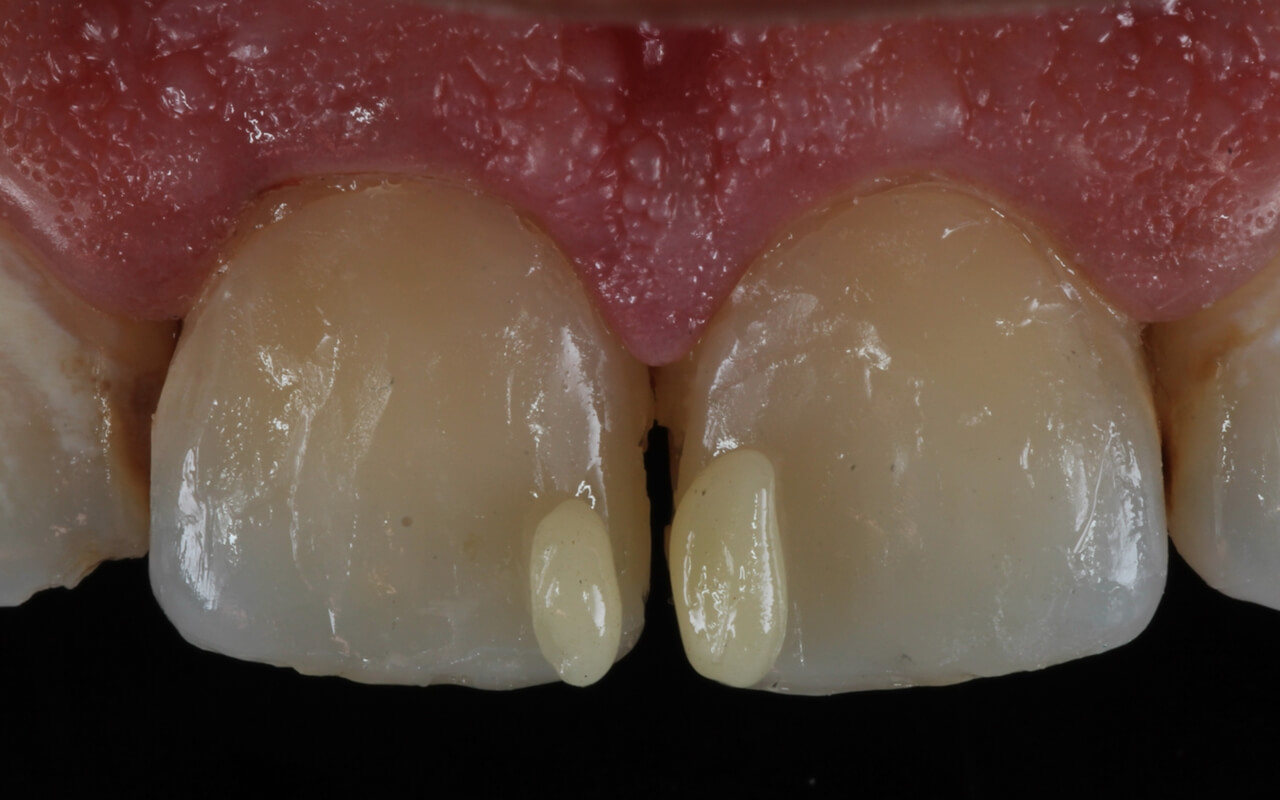
Fig. 6 – Insertion of Llis enamel resin mass in shade EA1.
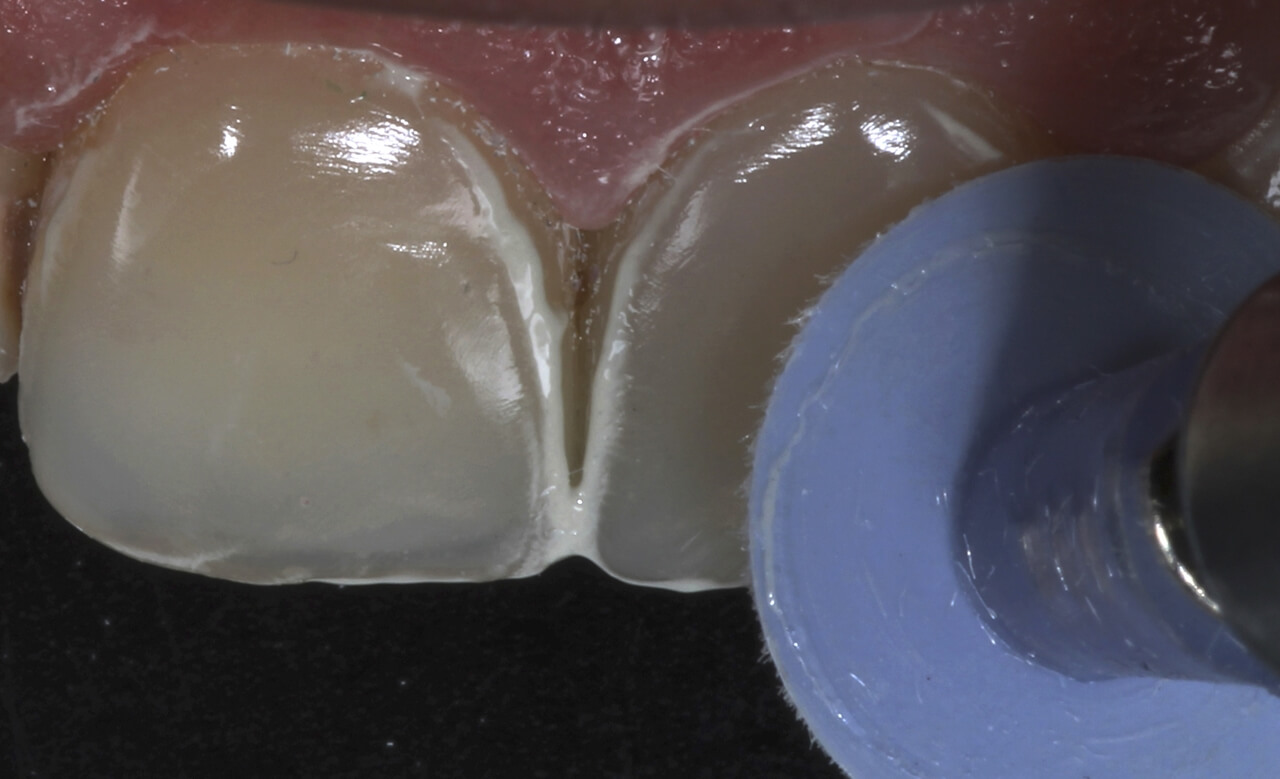
Fig. 7 – Final stage of finishing and polishing using Diamond Flex Felt Disc (FGM) and Diamond Excel diamond paste (FGM).
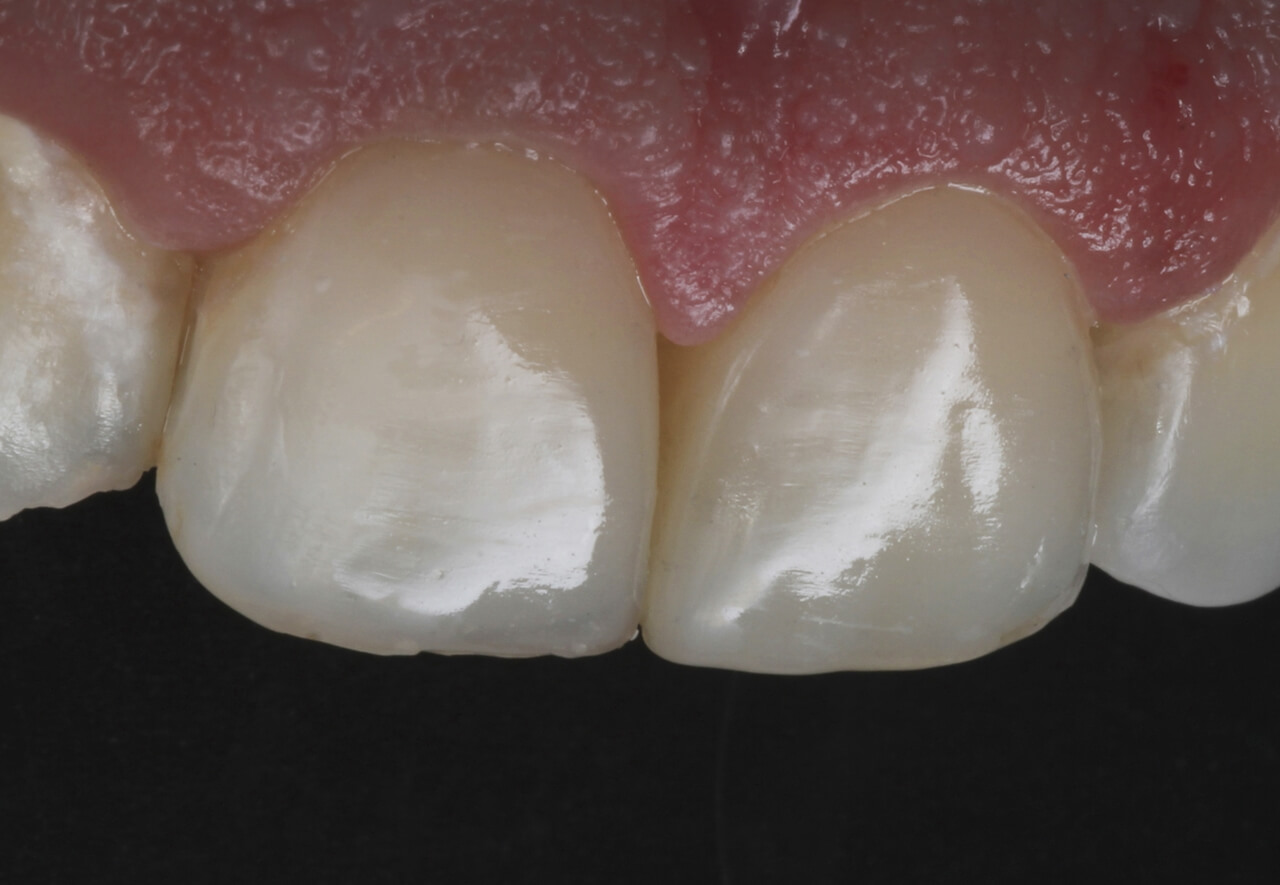
Fig. 8 – Completed direct veneers.
What attracts me to Llis composite (FGM) is its versatility, as it can be used in both posterior and anterior teeth in a very predictable manner. The simplified color system based on the Vita shade guide addresses the aesthetic challenges of clinical practice well, along with the ease of finishing and polishing. Because of these qualities, I use, recommend, and endorse its use.
ABOUT FGM
FGM works so that people all over the world can smile more and better, without fear of being happy. The company’s history began in 1996 with the development of the first genuinely Brazilian dental bleaching agent, now known worldwide: Whiteness Perfect. Since then, much has changed, but the essence remains the same: we are the smile brand.























